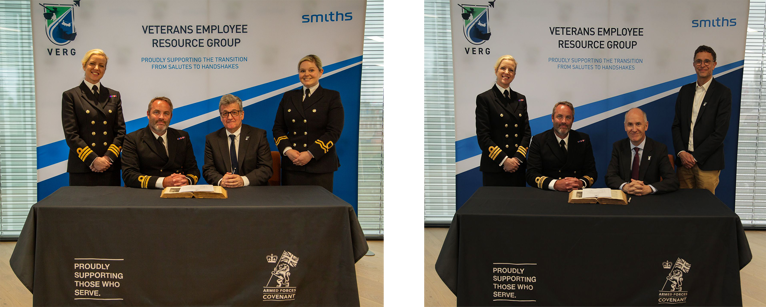Smiths Detection Earns Prestigious Gold Award in Defence Employer Recognition Scheme

Phaedra Gibson, Master Black Belt at Smiths Detection and RNR Commander, said: "Our commitment to supporting the armed forces community is a fundamental part of our corporate ethos. This Gold Award reflects our ongoing dedication to creating a workplace where Veterans, Reservists, and military families can thrive."
To further strengthen its support network, Smiths Detection has established a Veterans Employee Resource Group (VERG), which plays a vital role in fostering a sense of community among Veterans and military-affiliated employees. The VERG offers mentorship, career development opportunities, and a platform for Veterans to share their experiences and advocate for their needs within the organisation. It also works closely with the Human Resources team to attract and retain Veteran talent, ensuring that Smiths Detection remains a Veteran-friendly employer.
Roland Carter, CEO Smiths Group, said: “To achieve this recognition at the Gold level is hugely important for Smiths Detection, and it has been encouraging to see similar support for the Covenant across the Group. Not only that, we have committed to becoming part of initiatives in other countries to ensure our support sits at a Global level”
Smiths Detection is honoured to receive the Gold Award and remains committed to leading by example in supporting those who serve and have served in the armed forces. This recognition reaffirms the company’s pledge to continue fostering an inclusive and supportive environment for all employees, particularly those connected to the military.
)
)